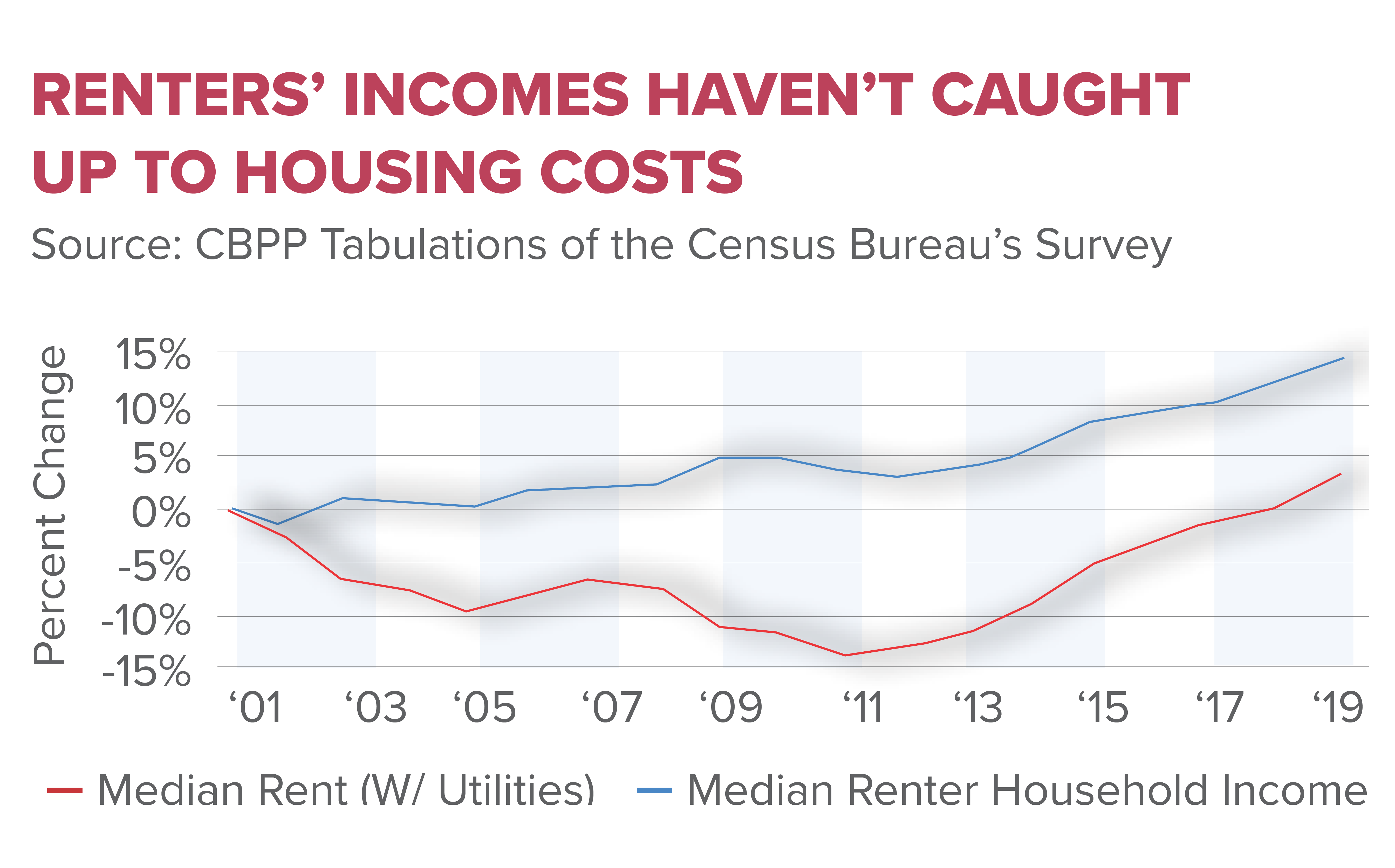The housing affordability crisis has emerged as a pressing issue in the United States, with many Americans finding homeownership increasingly unattainable. Over the past six decades, the cost of new single-family homes has skyrocketed, driven not only by rising labor and material expenses but also by restrictive land-use regulations and the pervasive impact of NIMBYism. This phenomenon has contributed to a significant decline in construction productivity, preventing builders from efficiently meeting the growing demand for affordable homes. As the housing market analysis reveals, navigating these challenges often leads to homeownership challenges for first-time buyers and low-income families alike. Addressing this crisis requires a critical examination of the policies that have shaped our housing landscape and exploration of innovative solutions that can encourage sustainable development.
The current predicament regarding affordable housing in America can be described in multiple ways, each shedding light on the complex interplay of factors at play. From escalating home prices to overwhelming regulatory hurdles, the quest for budget-friendly accommodation has come to define contemporary housing discourse. Various barriers are limiting the construction of new homes, exacerbating the affordability problem for many citizens. The influence of community resistance, often referred to as NIMBYism, is creating additional obstacles for developers striving to bring new housing projects to life. Consequently, understanding and addressing these interconnected issues is vital for fostering a housing market that promotes accessibility and enhances economic stability.
The Housing Affordability Crisis: An Overview
The housing affordability crisis in the United States has reached alarming levels, with homeownership slipping out of reach for many Americans. Factors contributing to this issue include skyrocketing home prices, which have more than doubled since 1960, and have led to significant challenges for potential homeowners, particularly young families and low-to-moderate income earners. This crisis not only affects individuals but also impedes economic mobility and stability within communities, creating a cycle of disadvantage that seems hard to break.
The crux of the problem lies in various interconnected factors, including increased land-use regulations that have stifled housing development. These policies, often driven by NIMBYism, have limited the scale of projects that can be undertaken, leading to a decline in construction productivity. As new homes become more expensive to build and purchase, the dream of homeownership fades, reinforcing the disparities in economic well-being among Americans.
Frequently Asked Questions
How does NIMBYism impact the housing affordability crisis?
NIMBYism, or Not In My Backyard attitudes, significantly exacerbates the housing affordability crisis by obstructing new housing developments. Residents often resist higher-density or affordable housing projects in their neighborhoods, leading to stricter land-use regulations that limit construction. This stagnation in building leads to reduced supply, contributing to skyrocketing home prices and making homeownership out of reach for many.
What role do land-use regulations play in the housing affordability crisis?
Land-use regulations are a critical factor in the housing affordability crisis. These regulations often impose restrictions on the type and scale of housing that can be built, which stifles construction productivity. Consequently, the limited supply of new homes increases competition for existing properties, driving prices up and creating greater challenges for potential homeowners.
How is construction productivity decline linked to the housing affordability crisis?
The decline in construction productivity is closely linked to the housing affordability crisis. As land-use regulations have become stricter, construction firms have shifted to smaller, less efficient building projects. This inefficiency hinders their ability to produce affordable housing at scale, contributing to higher prices for new homes and limiting options for prospective buyers.
What are some homeownership challenges associated with the housing affordability crisis?
Homeownership challenges tied to the housing affordability crisis include rising home prices that exceed wage growth, increased mortgage rates, and limited availability of affordable housing options. Moreover, stringent land-use regulations and NIMBYism can lead to prolonged searches for suitable properties and deter developers from creating affordable units, further complicating access to homeownership.
Can housing market analysis provide insights into the housing affordability crisis?
Yes, housing market analysis can illuminate the key factors contributing to the housing affordability crisis. By examining market trends, demographic shifts, and economic conditions, analysts can identify the impact of NIMBYism, construction productivity declines, and land-use regulations. This information can guide policymakers in making informed decisions to alleviate housing challenges.
| Key Point | Details |
|---|---|
| Housing Affordability Crisis | The U.S. faces a housing affordability crisis, with ownership becoming increasingly out of reach for many Americans as the price of new single-family homes has more than doubled since 1960. |
| NIMBY Policies | Land-use regulations, particularly those reflective of the ‘not in my backyard’ (NIMBY) attitude, have limited construction productivity by preventing larger, more efficient housing projects. |
| Decline in Construction Productivity | From 1970 to 2000, productivity in construction fell by 40%, while overall economic productivity continued to rise, stalling innovation and increasing costs. |
| Impact of Scale | Large builders can produce four times as many units per employee compared to smaller firms, yet regulations have led to a decrease in the size of building projects. |
| Intergenerational Transfer of Housing Wealth | Younger generations are increasingly facing barriers to homeownership, leading to a massive wealth transfer to older homeowners. |
Summary
The housing affordability crisis has emerged as a significant issue in the United States, driven by a combination of skyrocketing home prices and restrictive land-use policies. As productivity in the construction sector stagnates due to NIMBYism, the dream of homeownership slips further from reach for many Americans, especially younger generations. Addressing these challenges requires an urgent re-evaluation of land-use regulations to facilitate larger, more productive housing developments, thereby making homes more affordable for all.
